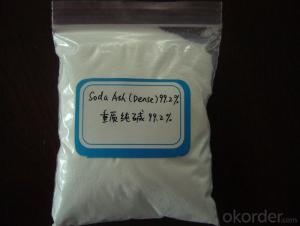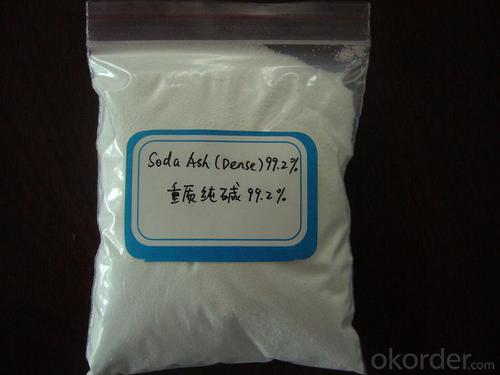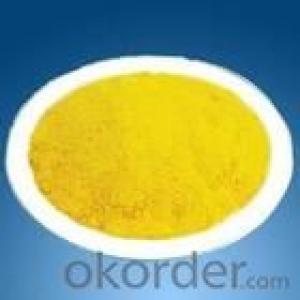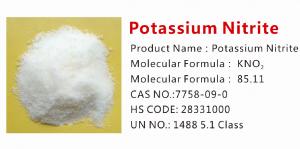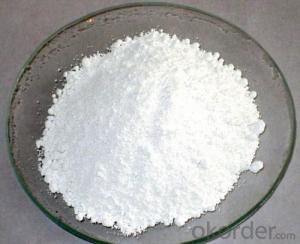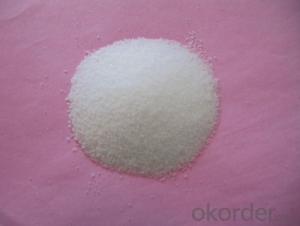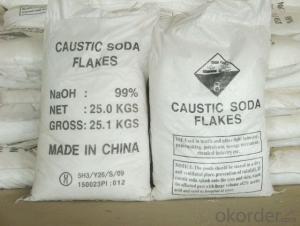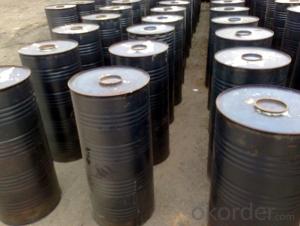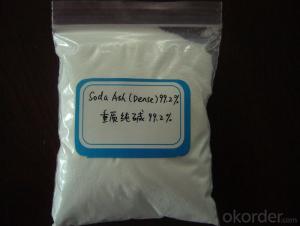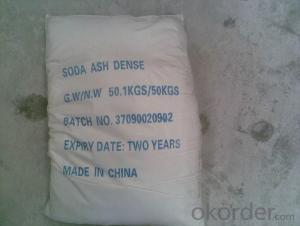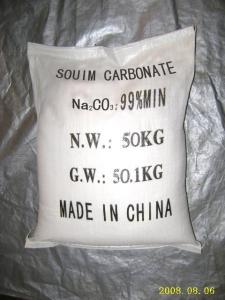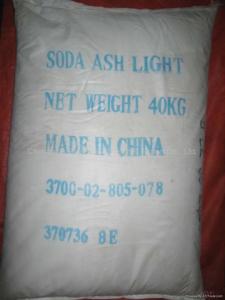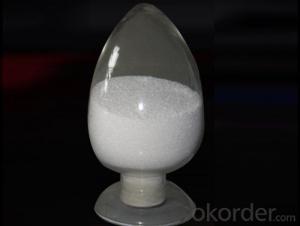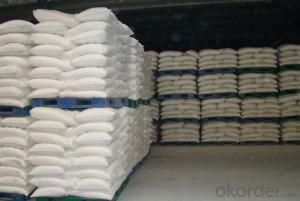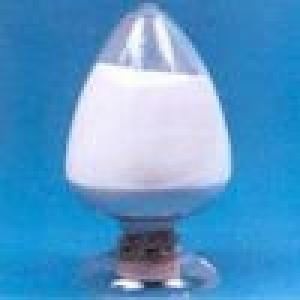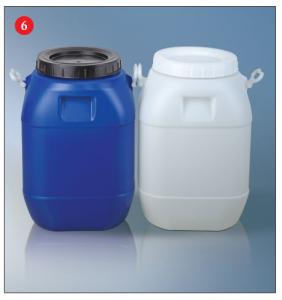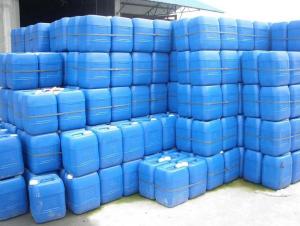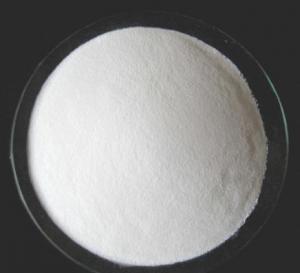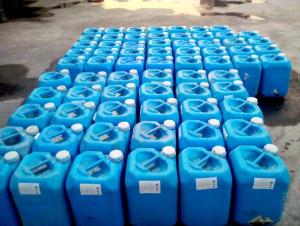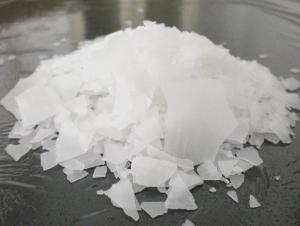Soda Ash Dense99.2% with High Quality with 25kg Packing and Cheap Price
- Loading Port:
- China Main Port
- Payment Terms:
- TT or LC
- Min Order Qty:
- -
- Supply Capability:
- -
OKorder Service Pledge
OKorder Financial Service
You Might Also Like
1.Structure of Soda Ash Description:
1.CAS NO.: 15630-89-4 Sodium percarbonate is a chemical, an adduct of sodium carbonate and hydrogen peroxide (a perhydrate), with formula 2Na2CO3· 3H2O2. It is a colorless, crystalline, hygroscopic and water-soluble solid. It is used in some eco-friendly cleaning products and as a laboratory source of anhydrous hydrogen peroxide. This product contains the carbonate anion, and should not be confused with sodium peroxocarbonate Na2CO4 or peroxodicarbonate Na2C2O6, which contain different anions |
2. Main Features of Soda Ash:
1. It is a granulated powder – which can be nice for scrubbing stains and stuck-on-gunk off of dishes. Think of scouring powder, but made out of hydrogen peroxide. It can be made into a paste, too, and used on tile grout and tough stains.
2. It is easy to carry around -- say, to a laundromat – because of its dry powder form. In fact, laundry products are one of the big applications of sodium percarbonate.
3. It’s cheap. Really cheap: a few dollars for a little tub of it. The recommended amounts are small, it is very concentrated.
4. It is easier to ship than 35% peroxide, since it is not a “hazardous material” for shipping purposes, at least in small quantities. (This is confusing – I’ve seen at least one source that does ship larger quantities, over a couple of pounds, as a hazardous material. I’m not convinced that this is a general practice. I think it is generally shipped as usual, not as a hazardous material. I'm thinking that "pure" sodium percarbonate requires hazardous materials shipping. I'll update this when I know for sure what the distinction is.)
5. It is less likely to splash and spill than liquid peroxide, so it is safer to work with. One does still need to be careful with it, but mostly once it is mixed into water.
3.Soda Ash Images
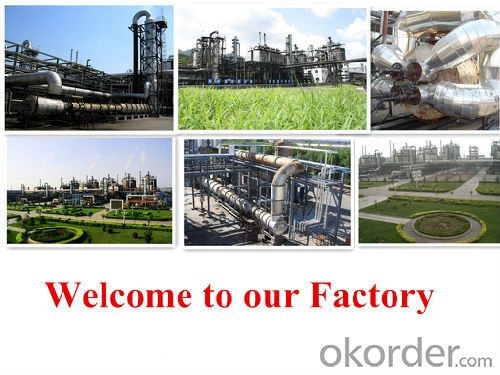


4.Soda Ash Specification
Item | Soda Ash Dense | Soda Ash Light |
Index | Index | |
Total alkali(quality fraction of Na2CO3 dry basis) | 99.2% min | 99.2% min |
NaCI (quality fraction of NaCI dry basis) | 0.70% max | 0.70% max |
Fe quality fraction (dry basis) | 0.0035% max | 0.0035% max |
Sulfate(quality fraction of SO4 dry basis) | 0.03% max | 0.03% max |
Water-fast substance in quality fraction | 0.03% max | 0.03% max |
Accumulation density(g/ml) | 0.90% min | |
Particle size, 180 µ m sieving residue | 70.0% min |
5.FAQ
1)How many tons does your factory can supply each moth?
30000tons/month
2)How to quarantee the quality of the products?
you can arrange SGS&BV or other quality inspection.
3)How many days you need to pepare the cargo after we made the order?
within 30 days.
- Q: Look at the phone for a long time, eye acid neck pain, what way to solve ^
- Immediately rest
- Q: Are you spicy?
- No scientific basis, or do not believe it
- Q: Oxide and organic peroxide signs
- An organic compound containing -O-O-peroxy functional group formed by replacing hydrogen atoms in hydrogen peroxide with an organic group such as an alkyl group, an acyl group, an aromatic group or the like. Characterized by heating more than a certain temperature will decompose to produce oxygen free radicals, unstable, easy to break down. Chemical production of organic peroxides is mainly used for synthetic resin polymerization initiator, catalyst. In the field of polymer materials, it can be used as a radical polymerization initiator, graft reaction initiator, rubber and plastic cross-linking agent, unsaturated polyester curing agent and spinning grade polypropylene in the preparation of molecular weight and Molecular weight distribution regulator. Environmental pollution in the air under the action of light through the free radical reaction can produce peroxy nitrates compounds, photochemical oxidants in one of the species. On the skin, eyes, mucous membrane has a strong irritant, is an important pollutant in the atmosphere. Such substances are flammable and explosive dangerous goods, the use should pay attention to safety. Generally, the active oxygen content, activation energy, half-life and decomposition temperature were used as the basis of selection.
- Q: Magnesium can constitute chlorophyll, which reflects the nature of inorganic salts
- (2) to participate in and maintain the metabolic activity of the organism.
- Q: What are the important physiological effects of inorganic salts in cells
- Maintain the balance in the body
- Q: Determination of the existence of inorganic salts in the soil, in the filter, should pay attention to the matter
- A sticker: filter paper close to the funnel wall, so that no bubbles.
- Q: I am an AP biology student testing how magnesium effects the rate of photosynthesis in a plant. However since my class period is only one hour long I highly doubt if i add epsom salt to the soil ( after mixing it with water) i will see an immediate increase in the rate of photosynthesis. So i need to know how long should i wait to test photosynthesis rates after adding an epsom salt solution to the soil of a plant. Or how long does it take for magnesium to be incorporated into a plants rate of photosynthesis. Thanks in Advance!
- Magnesium sulfate (or magnesium sulphate) is an inorganic salt (chemical compound) containing magnesium, sulfur and oxygen, with the formula MgSO4. It is often encountered as the heptahydrate sulfate mineral epsomite (MgSO4·7H2O), commonly called Epsom salt, Magnesium is part of the chlorophyll in all green plants and essential for photosynthesis. It also helps activate many plant enzymes needed for growth. Rate of photosynthesis does not depend upon any single factor . so it is futile to expect it should increase after addition of epsom salt to soil in solution form . Because first it should be incorporated in chlorophyll molecule . That depends upon formation of new leaves . Old leaves already have it ( formula of chlrophyll a = C55 H72 O5 N4 mg ) That is the requirement is just one atom per molecule . what to do with excess ? Unless the soil is deficient in Mg . It it useless to add it . soil pH is another factor to be considered = Soil pH (a measure of the acidity or alkalinity of the soil) Soil pH is one of the most important soil properties that affects the availability of nutrients. Macronutrients tend to be less available in soils with low pH. Micronutrients tend to be less available in soils with high pH. www.ncagr /cyber/kidswrld/plan...
- Q: In order to prove that magnesium is an essential salt for soybean life, two soybean seedlings with the same growth status are taken, one of them is cultured in magnesium-containing culture medium and the other is cultured in (). A. Pure water B. Sand without sand. Water containing only magnesium. Media containing no magnesium
- Biological control experiments were the only variable experiments. The question that is being explored is the variable, and the other quantities are the same. In a different amount (conditions) the same circumstances to modify a data variable in order to get the data variables on the experimental changes in the law. In order to prove that magnesium is essential for the life of soybeans, the variable is the presence or absence of magnesium. Can be designed as a magnesium-containing culture medium and magnesium-free culture medium. The other amount of the same as the amount of culture medium, soybean seedling growth status, the same number, while placed in the same place, etc., to ensure that only one variable that is the presence of magnesium.
- Q: ATP components are not inorganic salts
- ATP is composed of adenosine and three phosphate groups, chemical formula C10H16N5O13P3, structural formula C10H8N4O2NH2 (OH) 2 (PO3H) 3H, molecular weight 507.184. Three phosphoryl groups are prepared from adenosine as alpha, beta and gamma phosphates. ATP is chemically named 5'-triphosphate-9-β-D-ribofuranosyladenine, or 5'-triphosphate-9-β-D-ribofuranosyl-6-aminopurine.
- Q: Inorganic salts are not nutritious
- Nutritional substances are sugar protein fat three nutrients
Send your message to us
Soda Ash Dense99.2% with High Quality with 25kg Packing and Cheap Price
- Loading Port:
- China Main Port
- Payment Terms:
- TT or LC
- Min Order Qty:
- -
- Supply Capability:
- -
OKorder Service Pledge
OKorder Financial Service
Similar products
Hot products
Hot Searches
